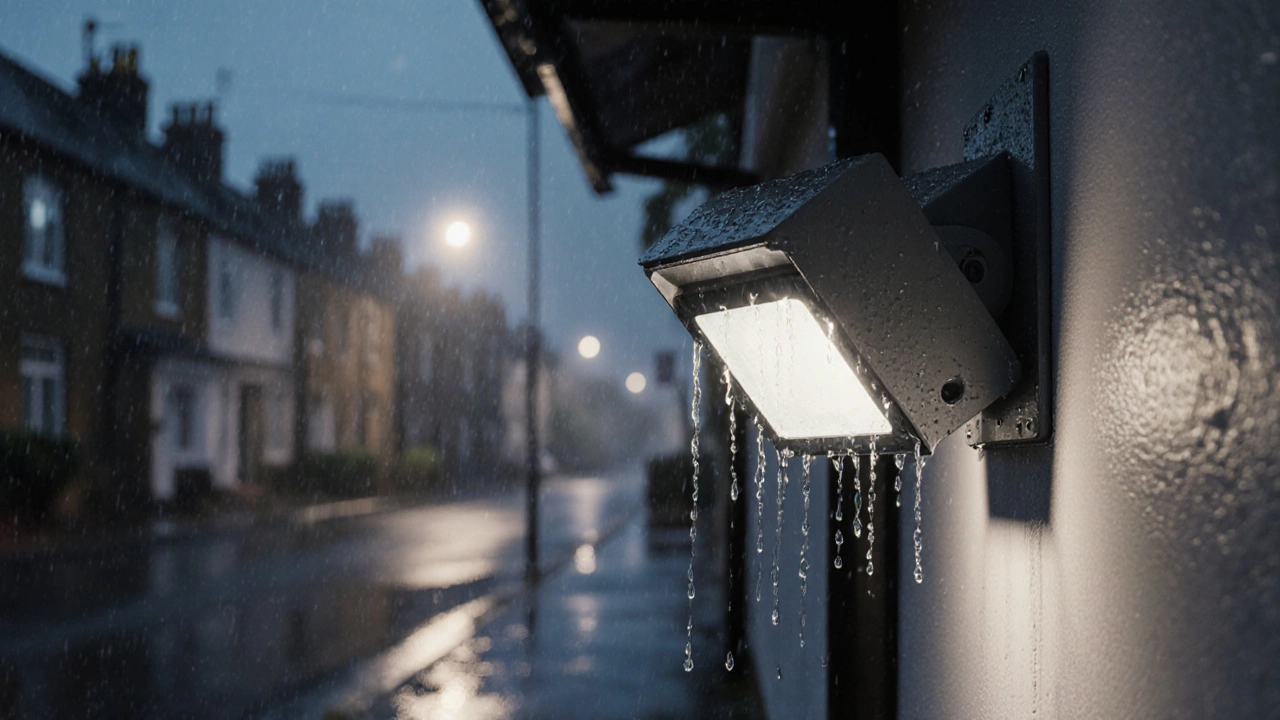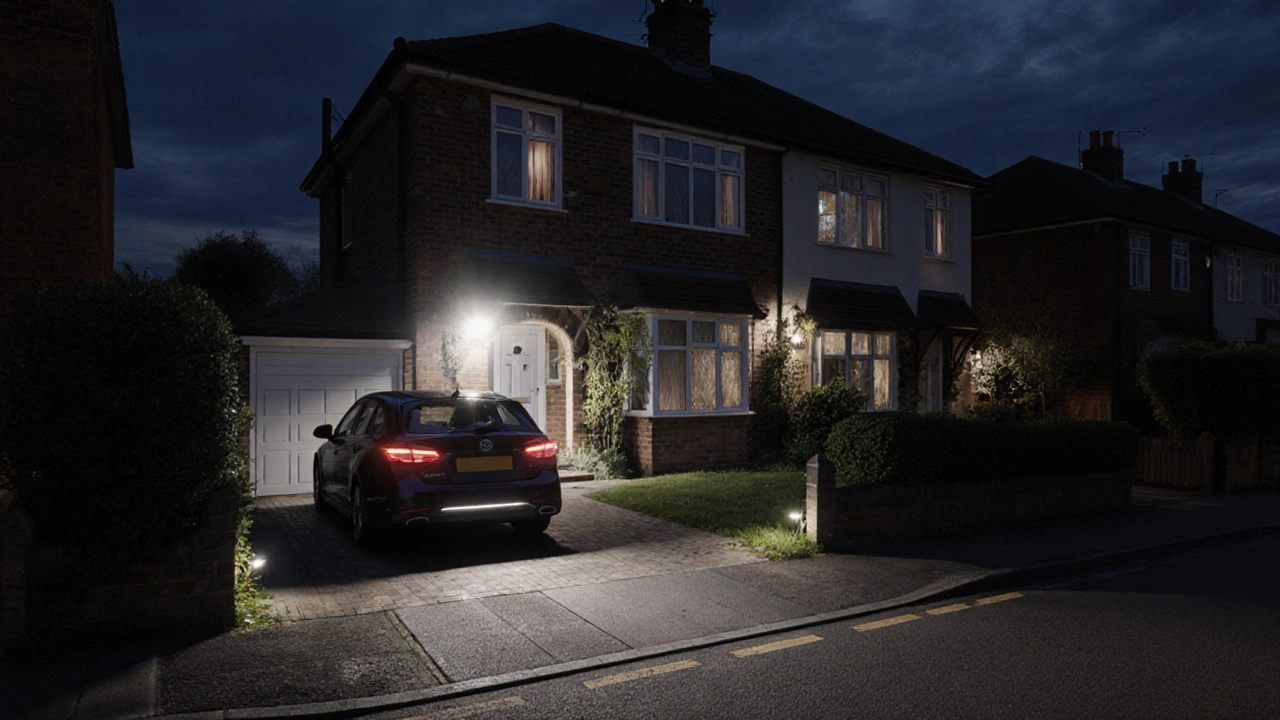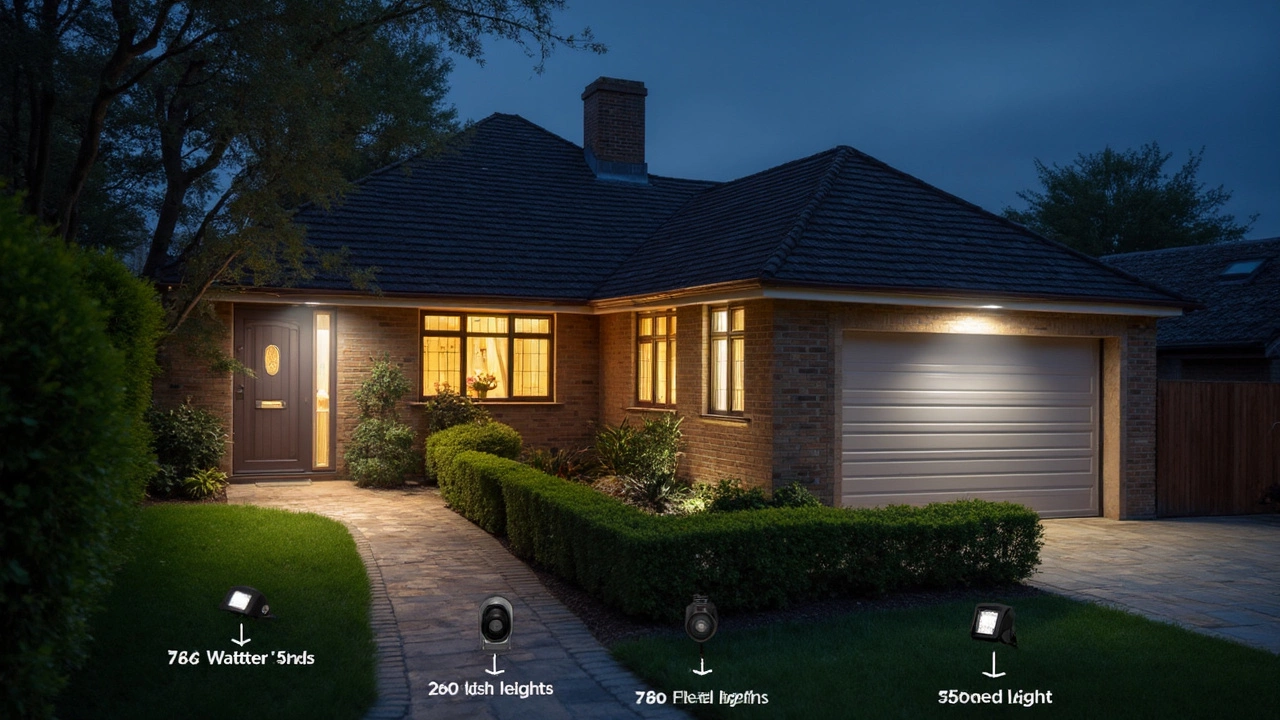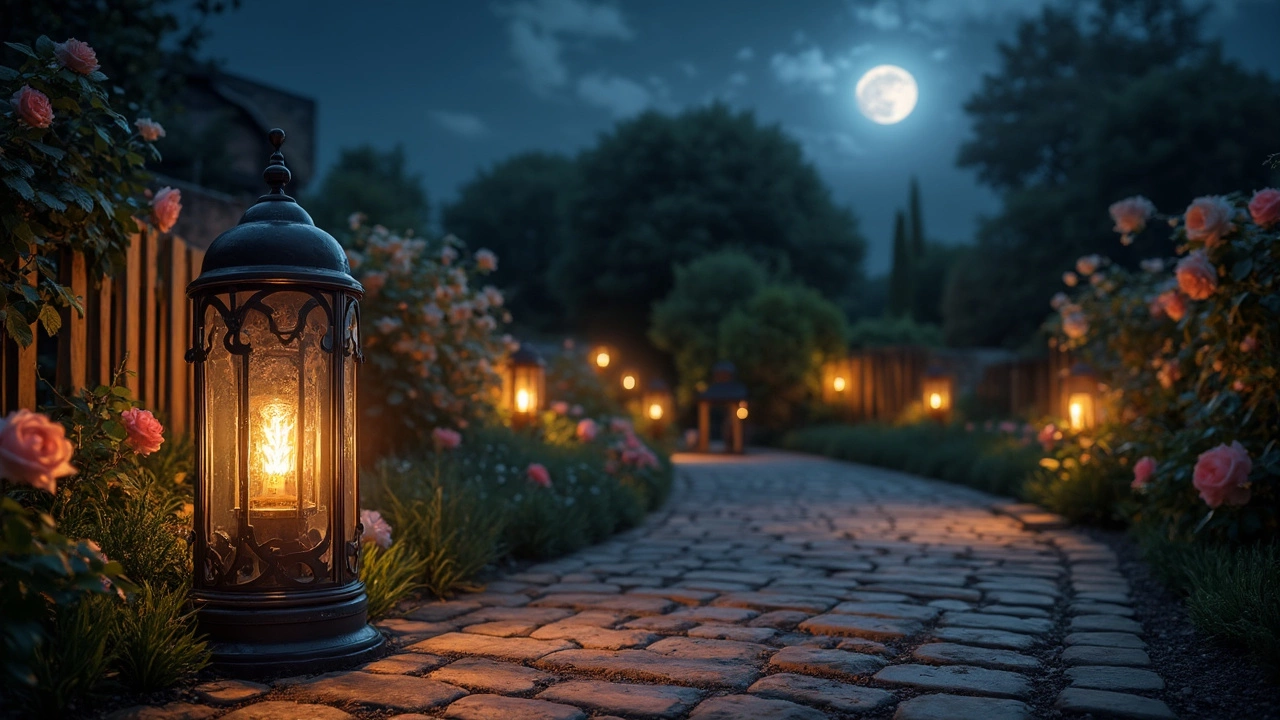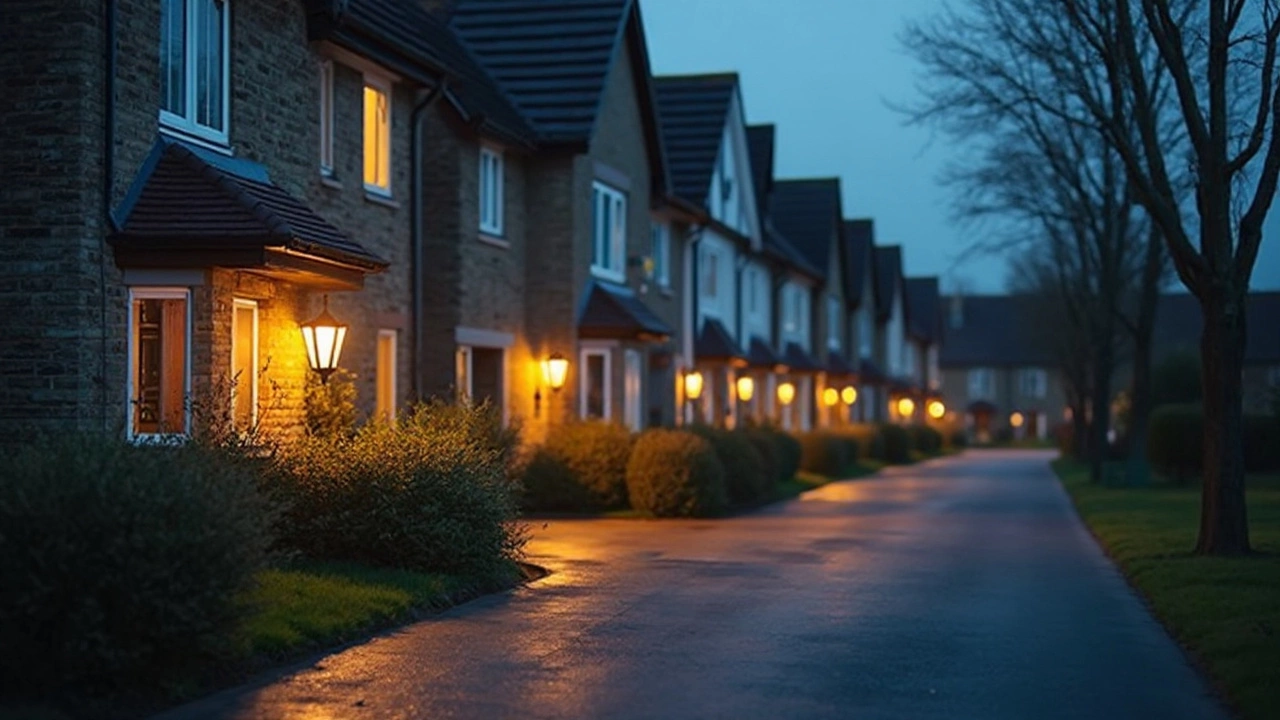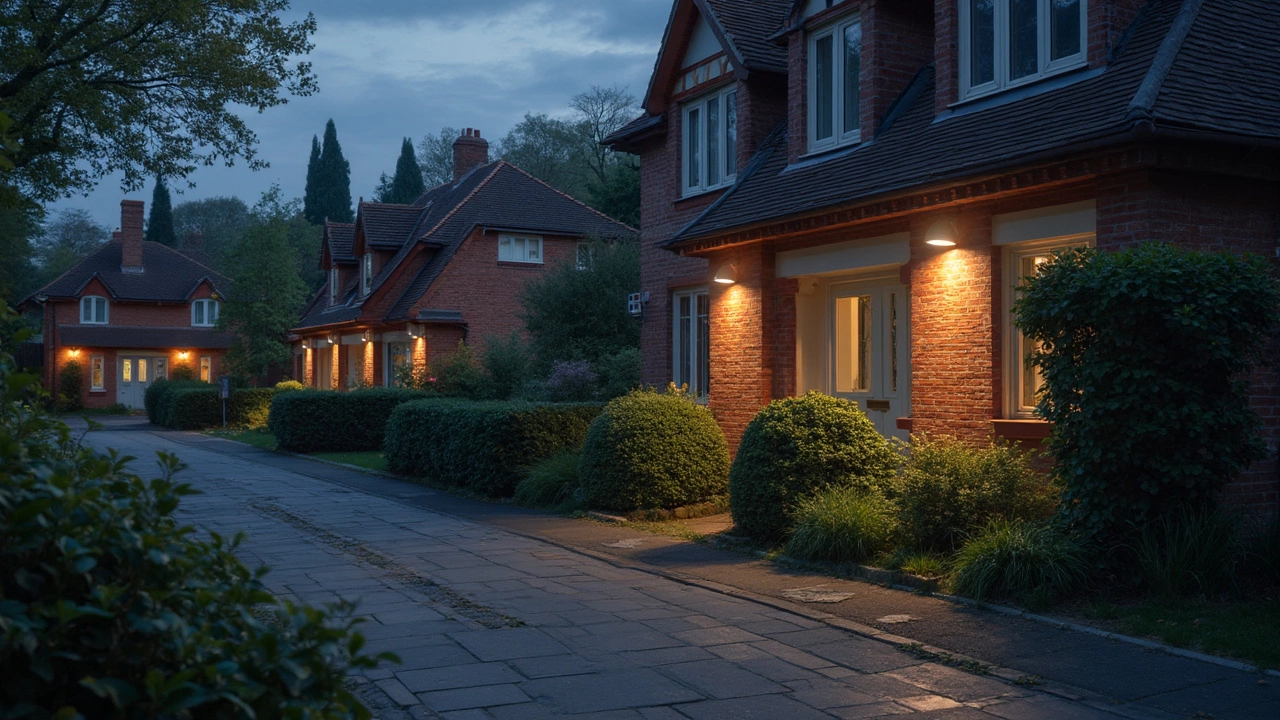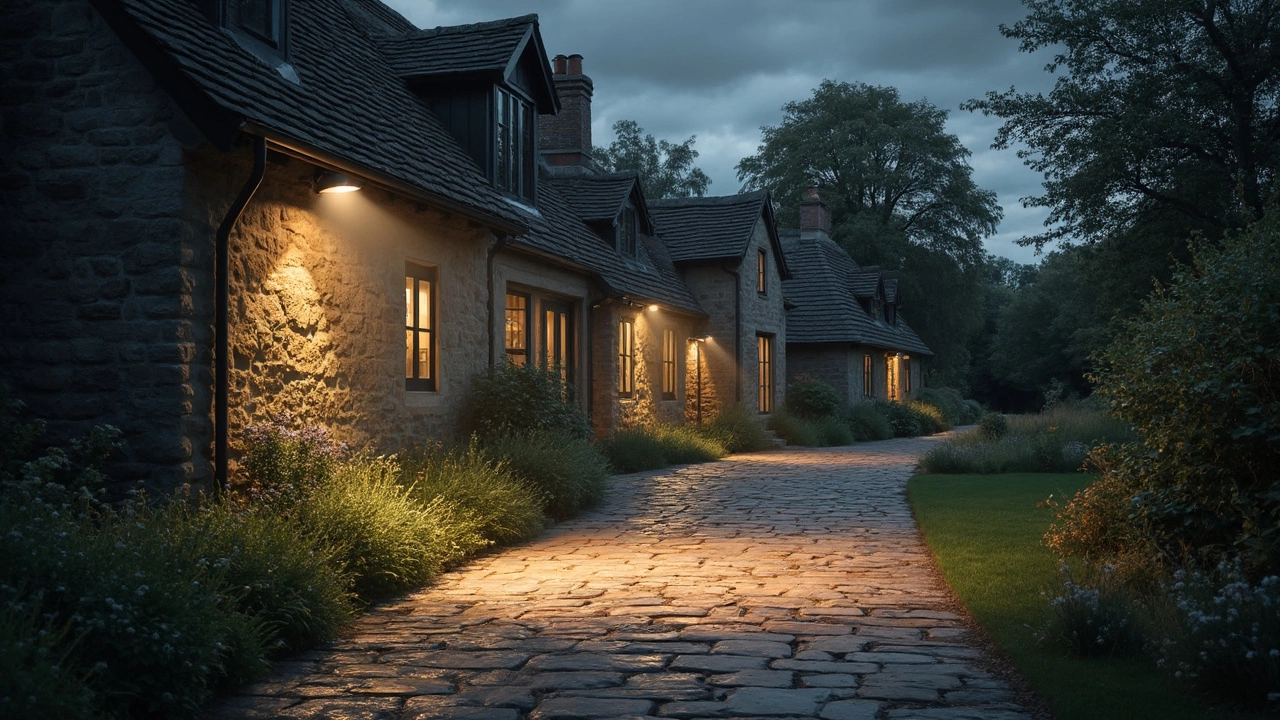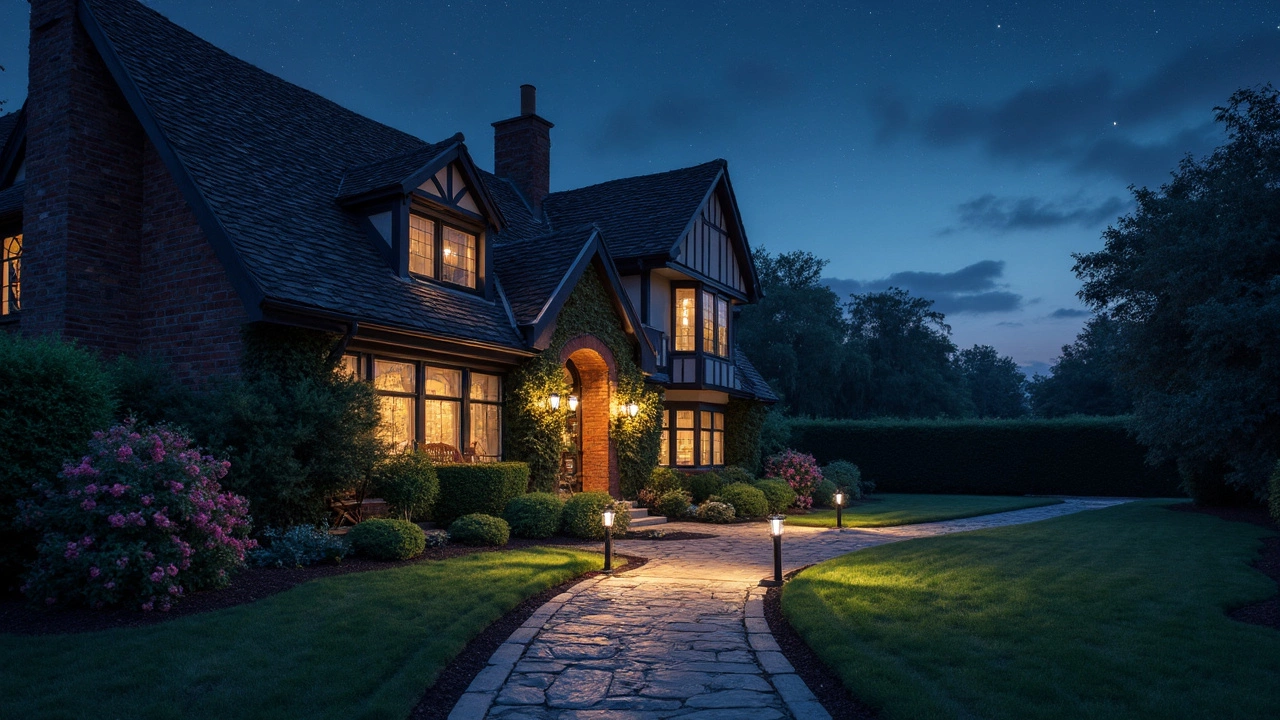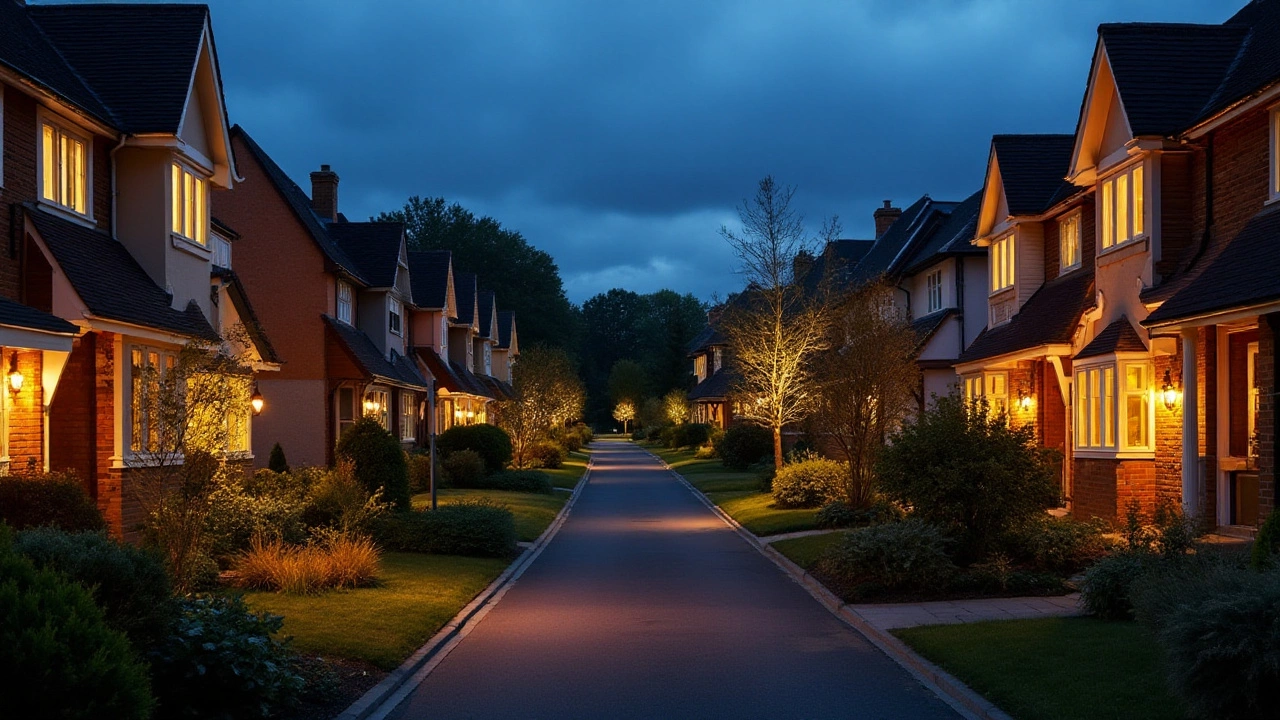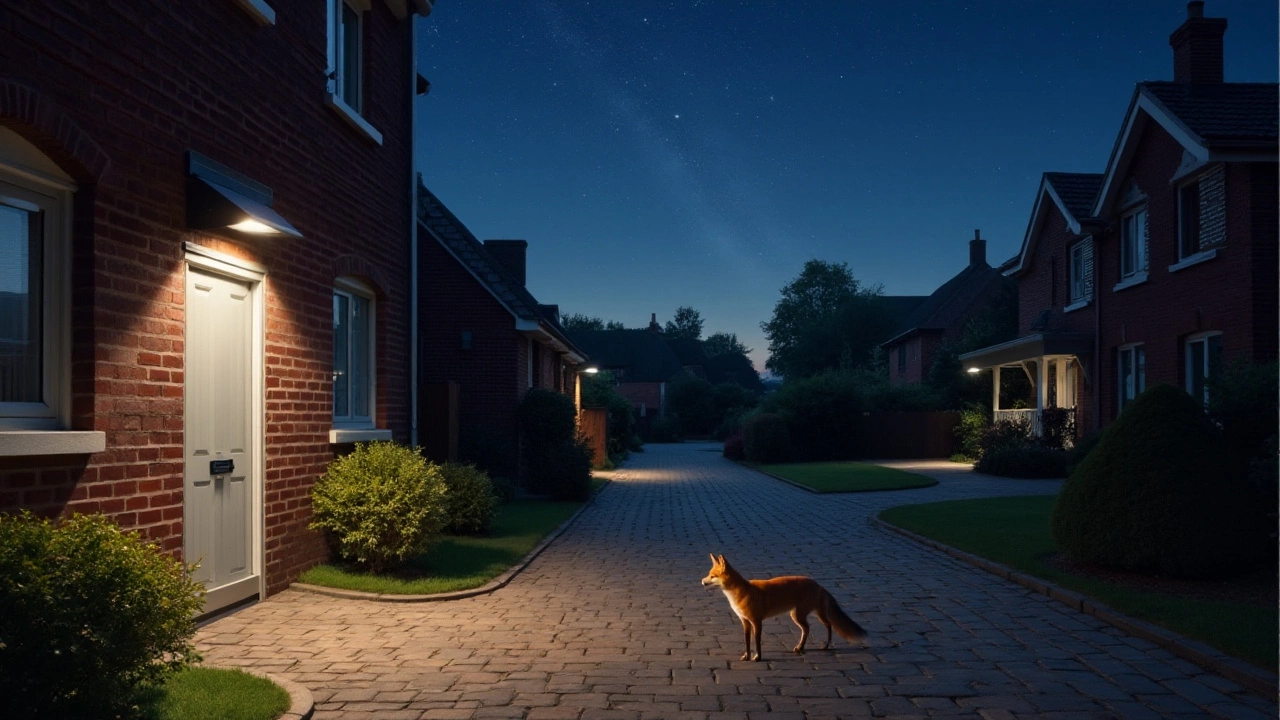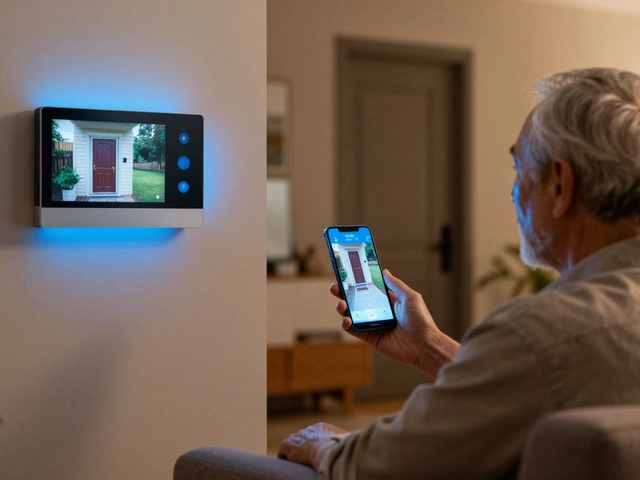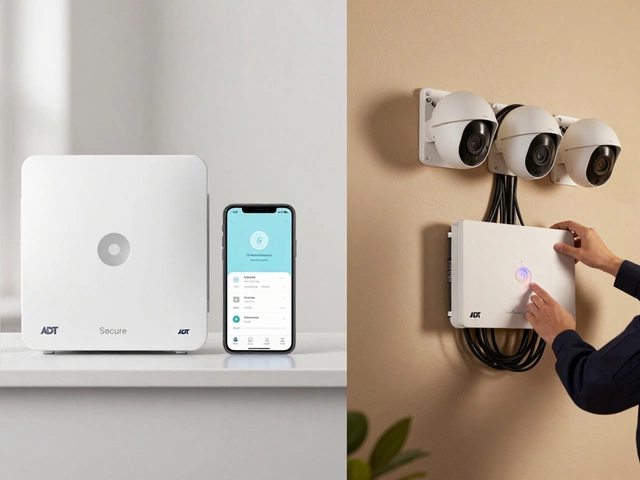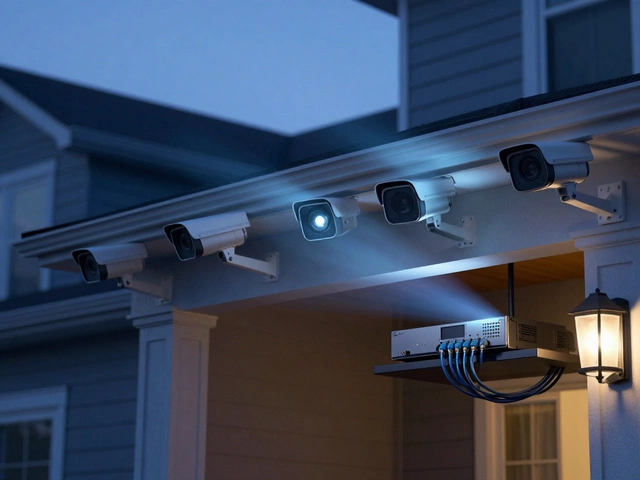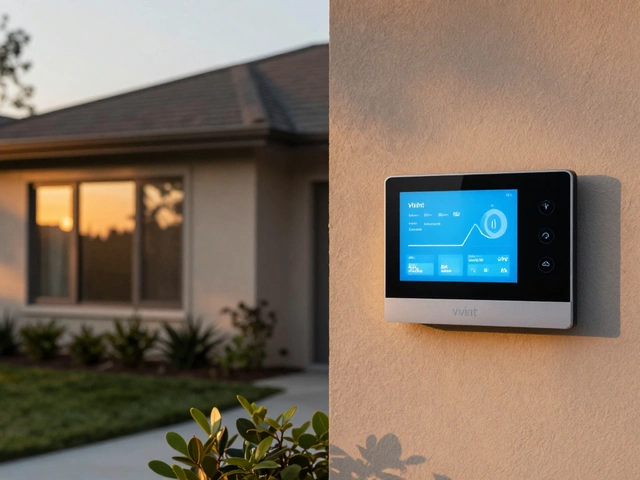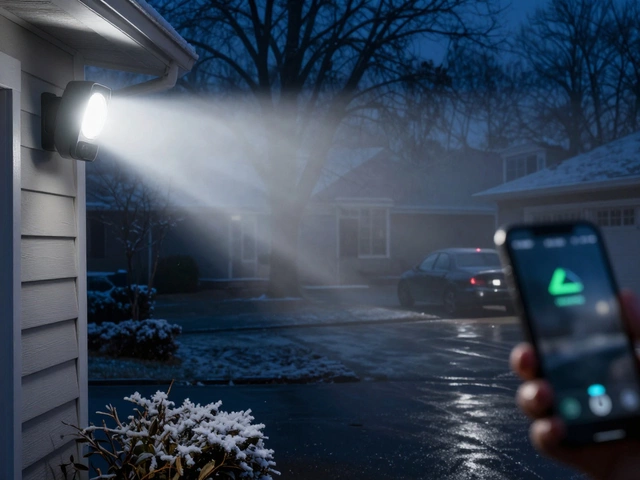Outdoor Security Lights: What Works, Why It Matters, and How to Install
If you’ve ever felt uneasy walking around your garden after dark, you know how important good lighting is. The right outdoor security lights do more than brighten a path – they scare off burglars, help neighbours spot trouble, and make your home look cared for.
In this guide we’ll break down the most effective light types, explain where to place them, and give you a quick‑step checklist for a hassle‑free install.
Best Types of Outdoor Security Lights
Motion‑sensor floodlights are the go‑to for most houses. They sit on a wall or pole, stay off until they detect movement, then flash a bright beam for 30‑60 seconds. The sudden light startles intruders and alerts anyone nearby.
Solar‑powered lights are popular because they need no wiring. Modern panels charge fast enough to power a bright LED for a few hours each night. Choose models with a built‑in PIR sensor for extra security.
LED step and path lights keep driveways and stairs safe for family members. They’re not as intimidating to thieves, but they prevent trips and falls – an important part of overall safety.
Smart Wi‑Fi lights let you control brightness and schedules from your phone. Pair them with a home security hub and you can turn lights on remotely when you’re away, creating the illusion that someone’s home.
Where to Install for Maximum Effect
Start with the obvious entry points: front door, back door, garage, and any side gates. Mount a motion‑sensor floodlight about 10‑12 feet above the ground, angled to cover the full width of the entrance.
Next, add lights along the driveway and any dark corners where a thief could hide. Even low‑level LED strips under eaves or along fence lines can eliminate blind spots.
If you have a garden, place a few solar lights near valuable tools or sheds. A bright area around a shed tells a prowler that you’re watching.
Finally, think about neighbours. A well‑lit street benefits everyone and can deter crime across the whole block.Now for the quick install checklist:
1. Plan your zones. Sketch a simple map and mark each entry point and dark spot.
2. Pick the right light. Use motion‑sensor floodlights for doors, LEDs for paths, and solar lights for remote spots.
3. Check power. For wired lights, locate the nearest circuit and ensure it can handle the extra load. For solar, verify the panel gets at least 5 hours of sun.
4. Mount securely. Use stainless‑steel brackets and weather‑proof screws. Angle the sensor to avoid pet or car traffic false alarms.
5. Test the motion range. Walk past each sensor, adjust the tilt if needed, and set the sensitivity to ignore small animals.
6. Set schedules. If your lights have timers, program them to turn on at dusk and off at sunrise. Smart lights can follow your phone’s location.
7. Maintain. Clean dust off lenses monthly and check battery levels on solar units.
With these steps you’ll have a solid lighting perimeter that’s cheap, easy to maintain, and works 24/7. Remember, burglars look for the easiest target – a dark, unprotected area. By lighting up those spots, you turn your home from a tempting target into a hard‑to‑crack one.
Ready to upgrade? Start with one motion‑sensor floodlight at your front door, test it for a week, then add more where you need them. Small changes add up fast, and the peace of mind you get is priceless.


